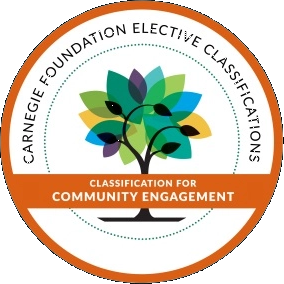***Please follow all guidelines for interacting with youth when planning social and community building activities***
In general, we recommend that you start to build community prior to the start of your camp. Social interactions will already be hampered due to the virtual format, so more effort and purposeful action will be required to create the sort of bonds that might more naturally occur in face to face settings. By providing early experiences for participants to interact in fun and informal ways, you may be able to dive into the content of your camp more quickly on the first day.
Social Media
- Useful for connecting with students before and after the program.
- Allows students to follow an instagram or twitter feed from program lead.
- Allows students to get to know each other while interacting with the program account.
Virtual Introduction Tools
- Flipgrid: Students can socialize around fun or interesting questions and prompts.
- Padlet: Students can introduce themselves via a post on Padlet.
-
Google Slides: Students can make slides to introduce themselves.
- Could be integrated into a Google Classroom.
- Email: Send students email correspondence to introduce yourself.
Collaboration Software
-
Slack: Allows students and leaders to see all discussions around a project in one channel.
- Could be moderated by program leaders or program instructors.
- Slack Website Link
- Slack Introduction
-
Google Classroom: Helps students and teachers organize assignments, boost collaboration, and foster better communication.
- Allows students to respond to a posed question.
- Google Classroom Link
Additional Ideas
- Use icebreakers during the first virtual session.
- Host a “lunch session” in which students can informally speak with peers or program directors over lunch (2 adults should be present in this session).
- If requiring group work: encourage students to set up their own forms of communication.









